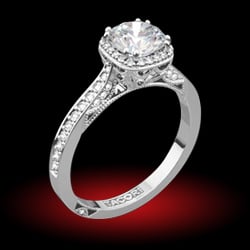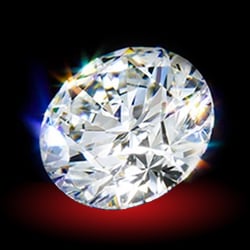proto
Shiny_Rock
- Joined
- May 9, 2014
- Messages
- 322
Is this ever worth it?
Thinking of a scenario where you have a GIA excellent cut stone, but you think it may be AGSL 0 or 1 for light performance.
In my mind, getting the AGSL grade would make it a more attractive diamond, however you would have to pay for the shipping/insurance/grading etc.
Anyone have any experience with this, or any vendors?
Does the fact that the diamond did not go to AGSL from the cutter indicate that it was not worth it to do so in the first place?
It just seems to me that the superideal cut stones all come with AGSL rather than GIA certificates.
Are you able to choose after obtaining the report whether you want the diamond laser inscribed? Lets say its GIA excellent for cut, but comes back AGSL 4 for cut, and now you dont want the diamond inscribed, or you would rather just throw the report away, is this an option?
Thinking of a scenario where you have a GIA excellent cut stone, but you think it may be AGSL 0 or 1 for light performance.
In my mind, getting the AGSL grade would make it a more attractive diamond, however you would have to pay for the shipping/insurance/grading etc.
Anyone have any experience with this, or any vendors?
Does the fact that the diamond did not go to AGSL from the cutter indicate that it was not worth it to do so in the first place?
It just seems to me that the superideal cut stones all come with AGSL rather than GIA certificates.
Are you able to choose after obtaining the report whether you want the diamond laser inscribed? Lets say its GIA excellent for cut, but comes back AGSL 4 for cut, and now you dont want the diamond inscribed, or you would rather just throw the report away, is this an option?







300x240.png)